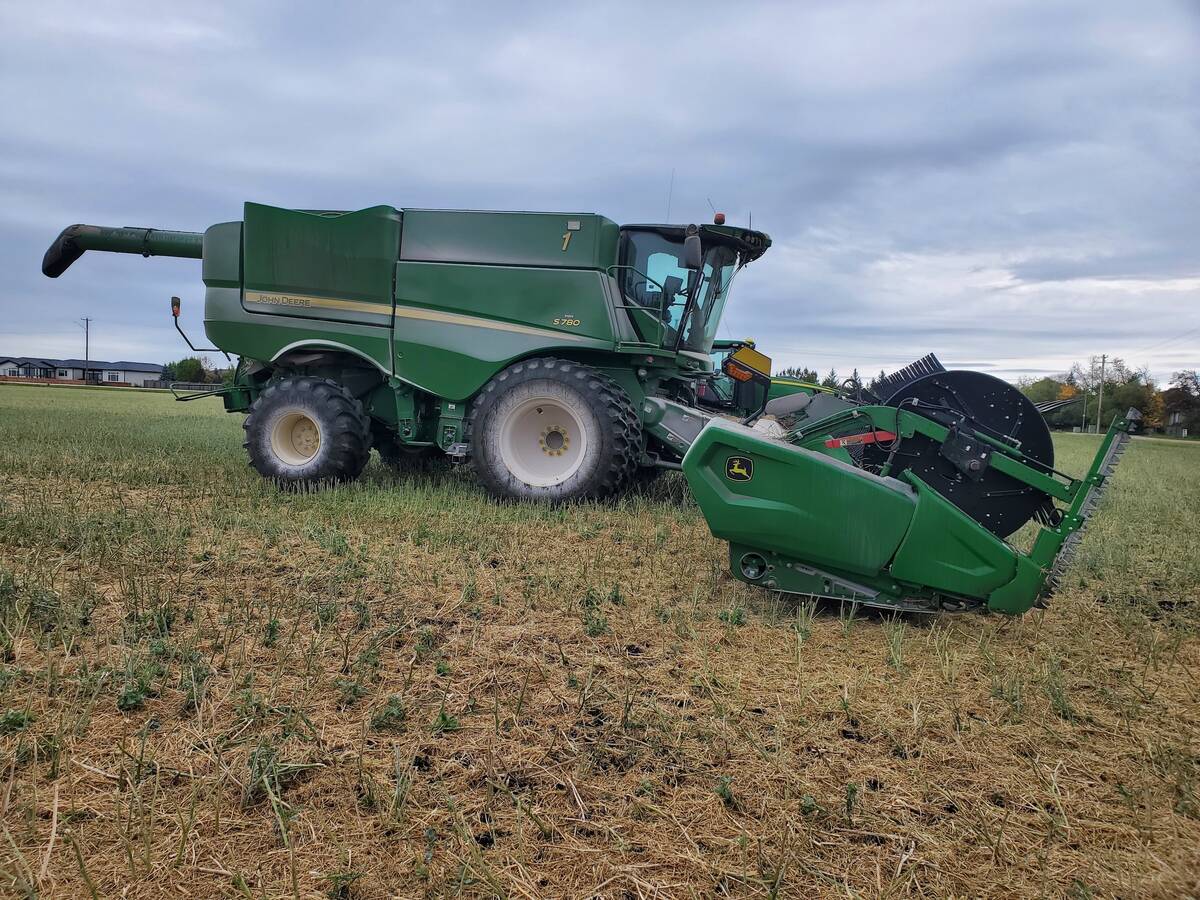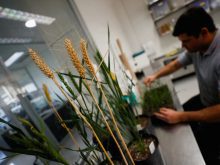REGINA – In the torrent of stories about unemployed university graduates, the success of agriculture schools in getting jobs for their grads is slipping by virtually unnoticed.
Deans for agriculture programs at both the University of Alberta and the University of Saskatchewan say employment prospects for their students are excellent. The University of Guelph’s dean, Rob McLaughlin, said his grads might not be doing as well as those in the West, but they are faring far better than students in other university programs.
Saskatchewan dean John Stewart said an informal survey of last year’s graduates showed everyone had found a job, although not all positions were permanent. And Alberta’s Edward Tyrchniewicz said for some programs, there are more jobs waiting than there are graduates to fill them.
Read Also

Powdery mildew can be combine fire risk
Dust from powdery mildew can cause fires in combines.
“Companies are contacting us wanting to have at some of these grads,” Tyrchniewicz said.
While some people might assume agriculture grads would get their degrees and then return to the family farm, Stewart said only 10 or 15 out of 100 grads do this. McLaughlin said less than three percent of Guelph’s grads end up working on a farm. The rest end up in the booming agri-business, bio-tech and agriculture-related industries, he said.
The development of the business, research and value-added sectors of the farm economy has created a great demand for people who understand agriculture, Stewart said.
“They all need people to run their field trials, to do their marketing, to do their assessments, to do their breeding,” he said. Banks also need people who understand the agricultural economy to handle the portfolio.
In Alberta, prospects are good, but not a lot better than before because of deep slashes in government spending, according to Tyrch-niewicz.
More than half of the University of Alberta’s agriculture grads used to find work with the provincial government. Now it is only about 15 percent. Yet the surging agricultural economy is picking up the slack.

















